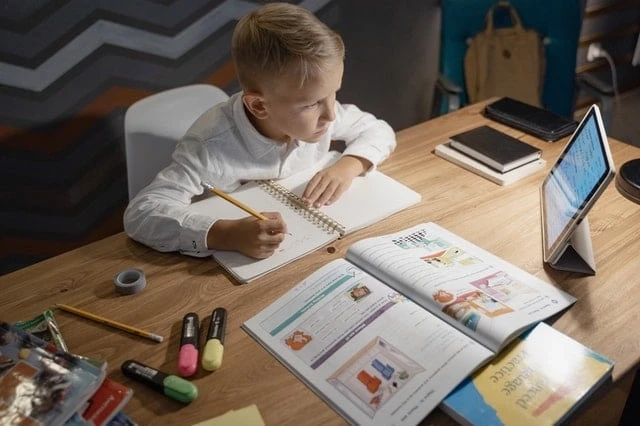Technology rules the modern world, while other factors such as the COVID-19 pandemic greatly impact its progress. Virtually every industry sector is implementing new approaches triggered by the drastic changes taking place today. Various aspects of our lives are becoming more interconnected, the line between personal and professional is getting blurred, and major industries are transforming to become operationally mobile. One of the most conservative sectors, education, is also attempting to accommodate the current demand trends. Distance learning, or e-learning, has become a necessity in the modern education landscape. However, the transformation from traditional classroom teaching to e-learning brings a number of challenges and debates. Let’s consider the differences between e-learning and classroom learning and discuss whether or not e-learning is going to supersede conventional education. Table of contents E-learning vs Classroom Learning Comparison The Future of Online Learning and Traditional Learning Will Online Education Replace Traditional Education? E-learning vs Classroom Learning Comparison To answer the question, “will online learning replace classroom?”, one should compare the pros and cons of each learning model. Benefits of online learning vs classroom learning Efficiency. With virtual learning, teachers can apply various efficient ways of delivering material to students. Such tools as videos, podcasts, PDFs, learning apps for kids, and more, allow educators to extend their lesson plans beyond traditional textbooks and correspondingly become more efficient. Accessibility. Virtual classroom learning also allows students to attend lessons from any place and at any time, if the lectures are recorded. Moreover, educational establishments can significantly extend their network of students, as they are not limited by geographical boundaries anymore. Affordability. Minimized financial costs are another benefit of online learning vs traditional learning. When studying online, students don’t bear expenses for transportation and real estate. Furthermore, since all course materials are available online, the paperless studying environment is more affordable and environmentally friendly. Greater student attendance. Online classes are available from any location. This creates a favorable environment for enhanced students’ presence. Compatibility with various learning styles Each learner has their own style of consuming information. Some prefer visual materials, while others go better with audio. Some may favor working in a group, while others – studying individually. E-learning versus traditional learning offers a range of options for personalization. Therefore, it can be perfectly adjusted to match the needs of each student. Disadvantages of e-learning vs classroom learning Problems with focusing on screens. When studying from home or other remote locations, students often face the challenge of focusing on the screen for a long time. Surroundings can make learners easily distracted. Therefore, teachers should strive to make their lessons engaging and interactive. Technology concerns. E-learning versus traditional learning requires access to certain equipment and technology. Internet connectivity with a decent speed is a must for such undertaking. While in the big cities this is not a problem, students living in small towns may lack a consistent internet connection. This greatly impedes the educational process. Isolation. Online learning deprives individuals of physical interaction during traditional classes. The lack of communication of students with their peers and teachers may result in the feeling of isolation. To prevent this negative occurrence, schools can leverage other forms of communication, such as emails, online messaging, video conferencing, and more. Teacher skills. In order to perform online learning efficiently, teachers need certain resources and tools such as specific apps and websites. Besides, they should understand the basics of using digital forms of education. This, however, is not always the case. Therefore, schools should invest in adequate training for their teachers with the latest technological advancements. This would help online classes replace traditional learning smoother. Extended time in front of the screen. Parents are usually concerned about the time their children spend staring at the screen. Indeed, this exposes young learners to various health hazards, thus is undesired for kids. While online learning implies staying near the screen, the health risks can be remedied by the corresponding online curriculum that includes an abundance of breaks, etc.
Can E-learning Replace Classroom Learning?


